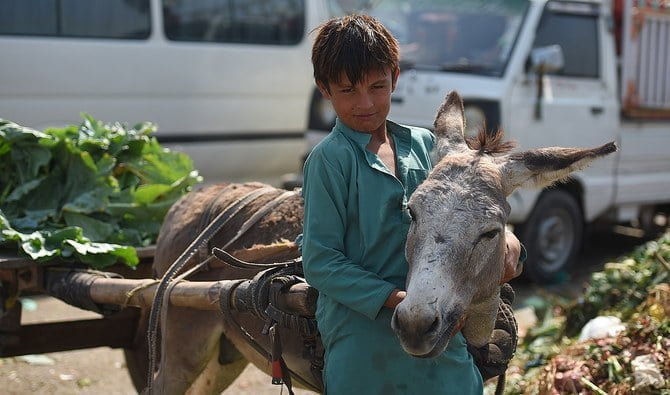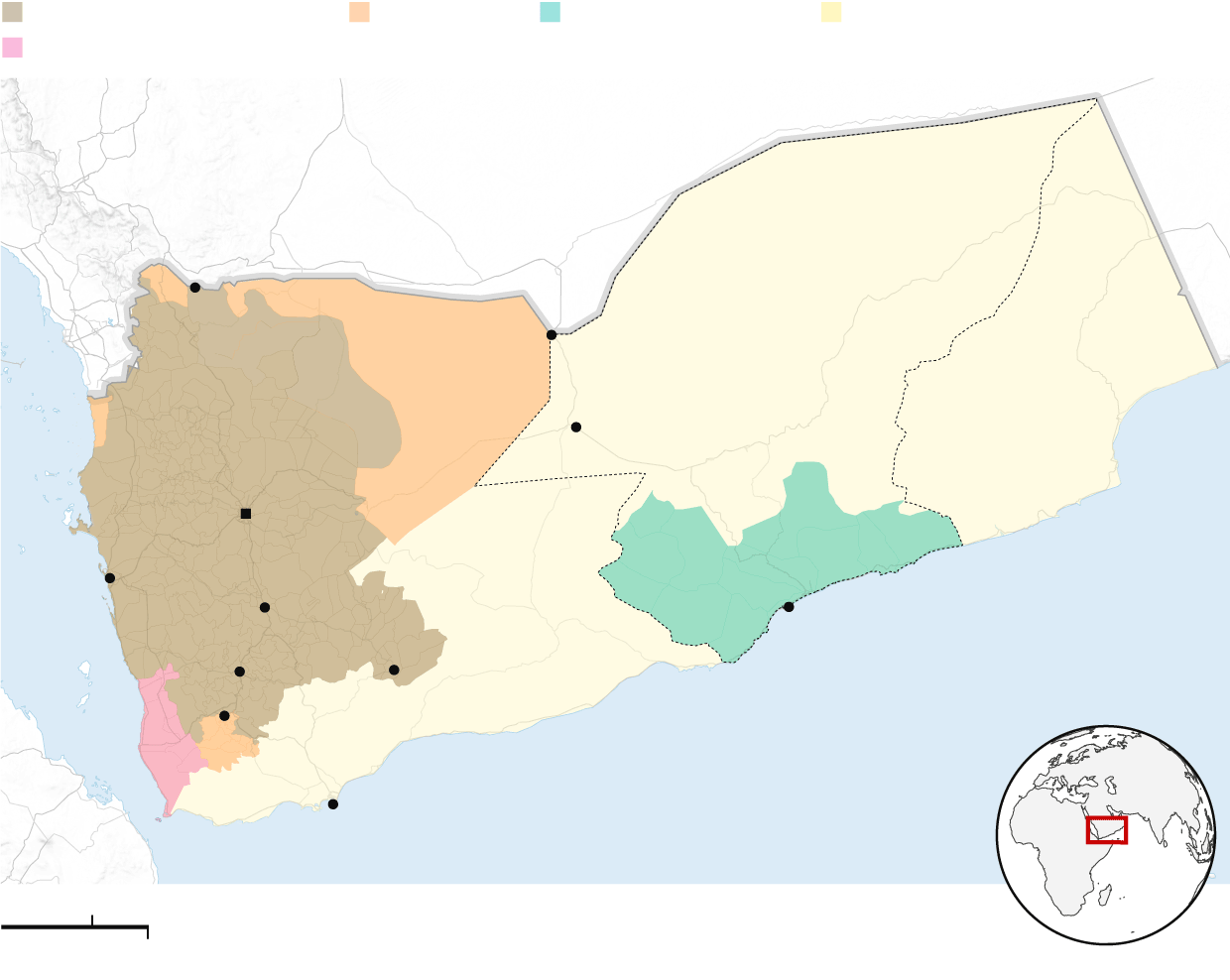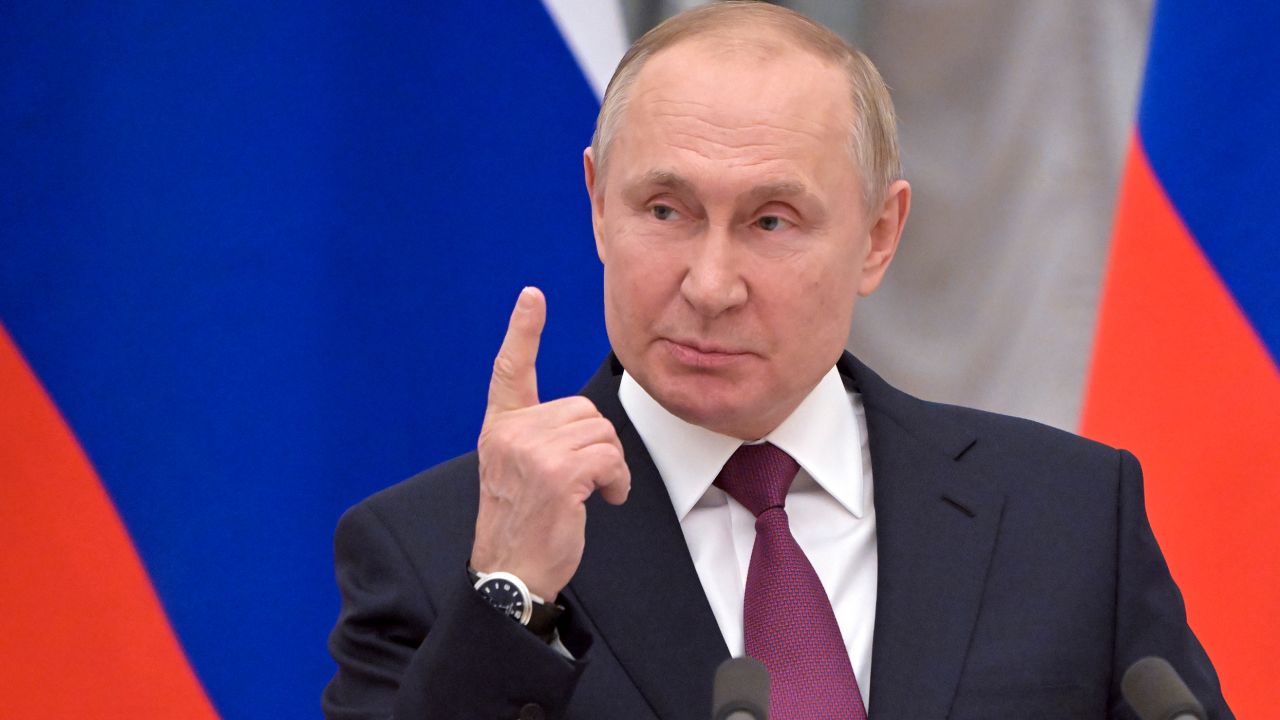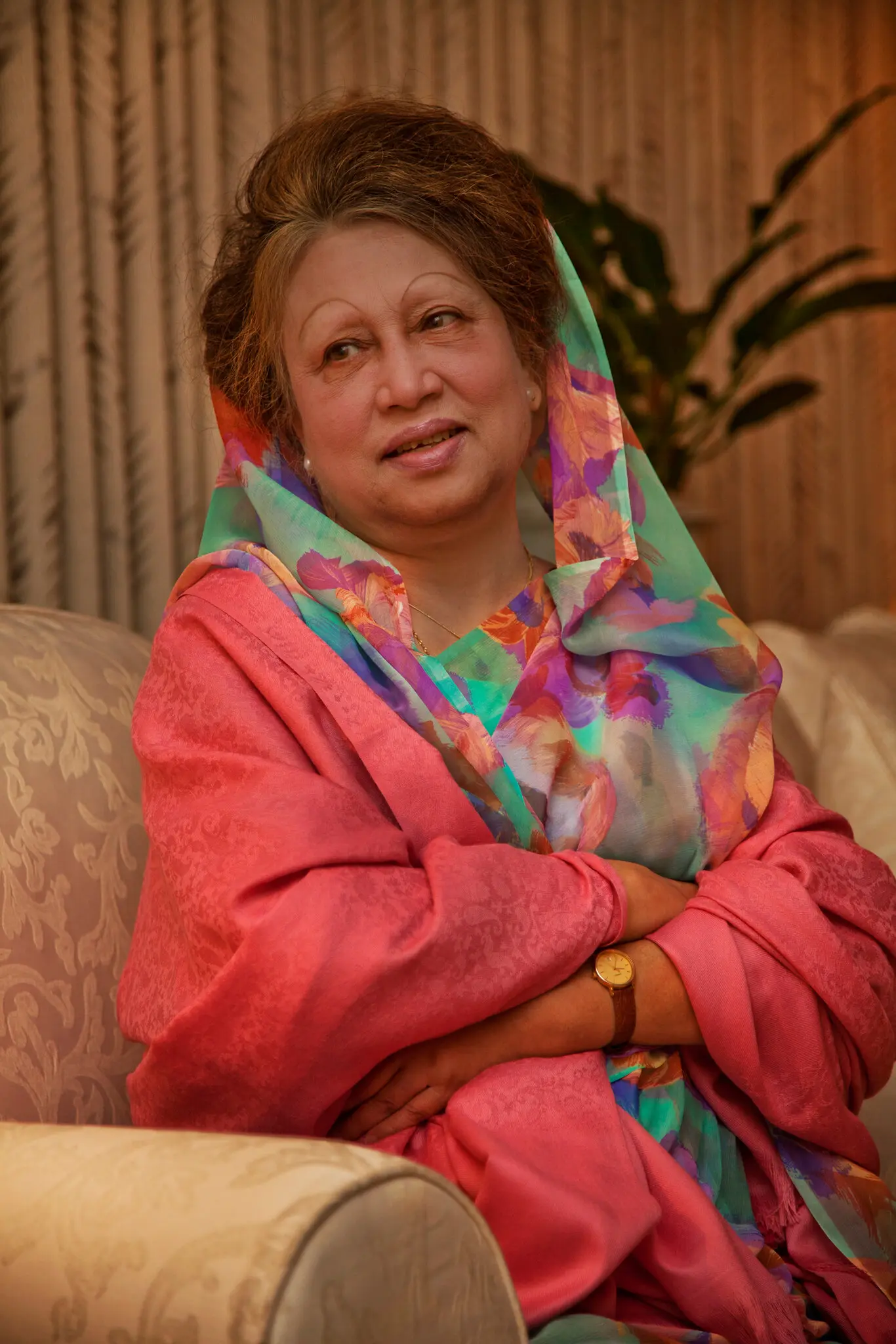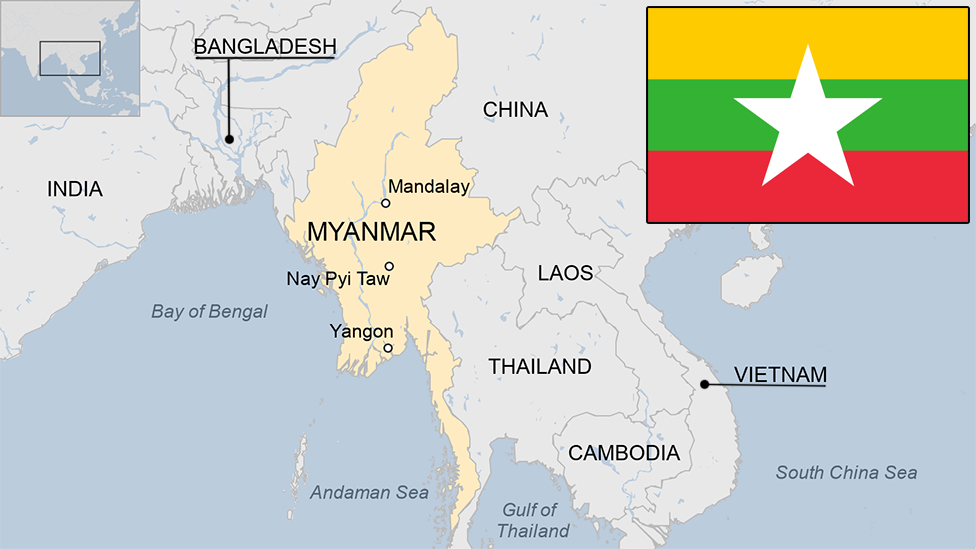ISLAMABAD: Pakistan’s donkey population has witnessed a significant increase, growing by approximately 100,000 to reach a staggering 5.8 million, as revealed by the country’s economic survey on Thursday. The survey also highlighted notable rises in the populations of other livestock such as cattle, buffalo, and sheep.
Fresh data from the survey indicates a steady rise in the donkey population over the past few years, with numbers increasing from 5.5 million in 2019-2020 to 5.6 million in 2020-21 and further to 5.7 million in 2021-22. The current year marked a milestone with the population reaching 5.8 million.
In contrast to donkeys, the populations of camels, horses, and mules remained unchanged during the same period, with figures standing at 1.1 million, 0.4 million, and 0.2 million, respectively.
According to the Pakistan Economic Survey 2022-23, which outlines macro-economic indicators, development policies, sectoral achievements, and strategies, the cattle population in the country has reached 55.5 million, while buffalo, sheep, and goat populations stand at 45 million, 32.3 million, and 84.7 million, respectively.
“The livestock sector has emerged as the largest contributor to agriculture, accounting for approximately 62.68 percent of the agriculture value-added and 14.36 percent of the national GDP (Gross Domestic Product) during FY2023,” states the latest survey.
Livestock rearing plays a crucial role in the rural economy of Pakistan, with over 8 million rural families involved in livestock production, deriving up to 40 percent of their income from this sector.
The survey reveals that the gross value addition of livestock has increased to Rs5,593 billion ($19.8 billion) in FY2023, marking a growth rate of 3.8 percent compared to Rs5,390 billion in FY2022.
“It is worth mentioning that the net foreign exchange earnings of the livestock sector contribute around 2.1 percent of the total exports in the country,” the survey added.
The government recognizes the potential of the livestock sector in promoting economic growth, ensuring food security, and alleviating poverty in the country. Consequently, it has focused on its development and implemented regulatory measures to enhance per unit animal productivity. These measures include improving veterinary health coverage, husbandry practices, animal breeding practices, artificial insemination services, balanced ration for animal feeding, and controlling livestock diseases of trade and economic importance.
As part of its overall strategy for livestock development, the government aims to promote private sector-led development while the public sector provides an enabling environment through various policy interventions, as outlined in the survey.



